Plums Varieties, Season, and Picking the Best
:max_bytes(150000):strip_icc()/Simply-Recipes-Plum-Guide--LEAD-2-734d802eadd64a03a2dcd7efcbe2392d.jpg)
Your Guide to Plums Varieties, Season, and How to Pick the Best One
The plum season begins and typically runs from mid-May to early October, with the best season for plums occurring during summer. The actual timing of the season can vary depending on the country and climate, with some regions experiencing earlier or later harvests. Plums are generally not considered spring fruits.
:max_bytes(150000):strip_icc()/Simply-Recipes-Plum-Guide--LEAD-7-d738bebb5785456280174b158dfc98a6.jpg)
Plums Varieties, Season, and Picking the Best
A pluots, also called a plumcot is a combination apricot and plum, with plum being more dominant. These were developed more recently and have become quite popular. The peak season for pluots is around the end of summer. A guy named Chip Brantley wrote a fascinating read on pluots called The Perfect Fruit.
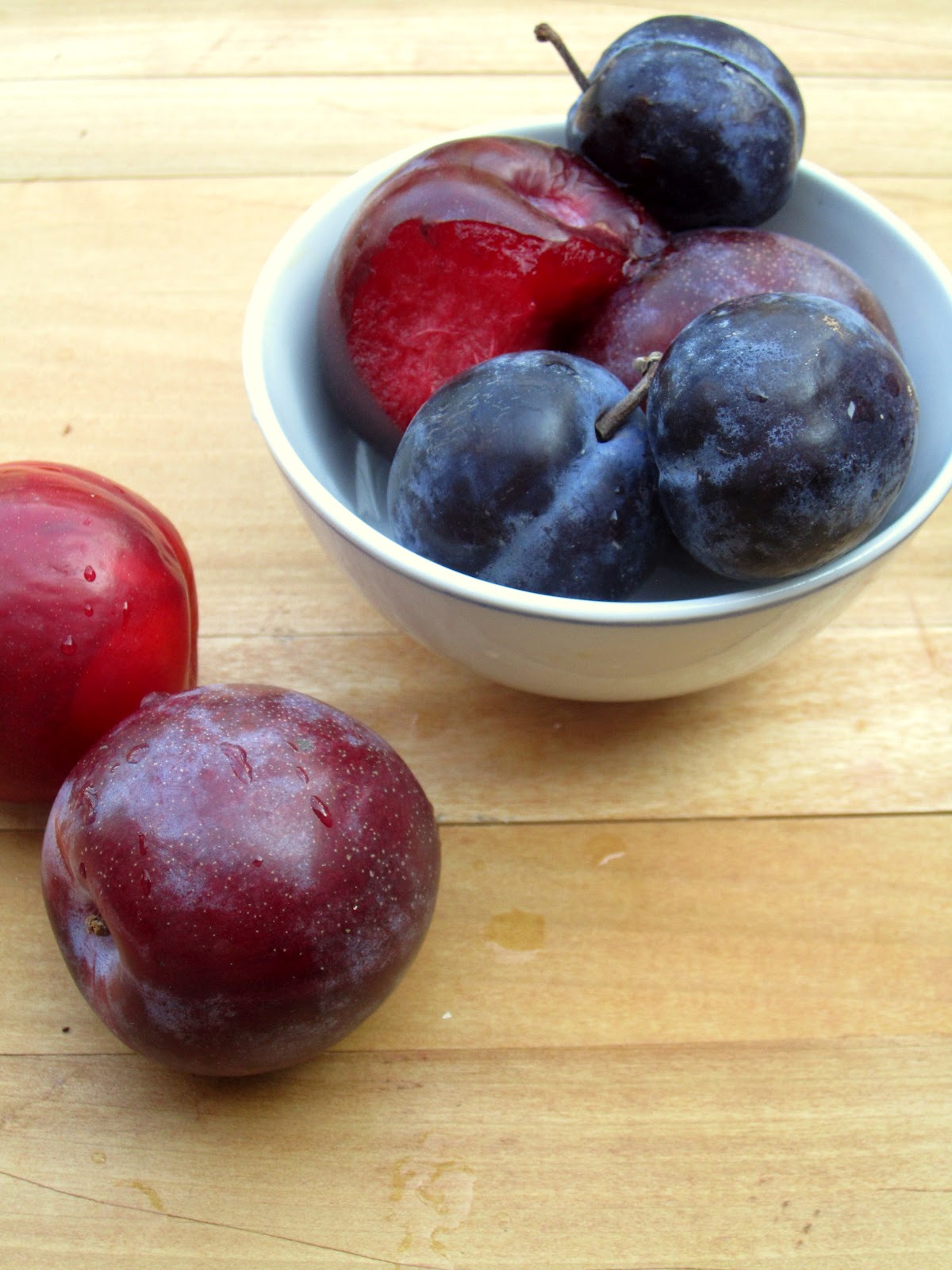
Sugar Rush In Season Plums
For most states, the season lasts from June to August, while in California, it runs from May to November. Kansas also has a considerably long season, with the onset being mid-June and going on to mid-November. Plums are excellent when they are in season. It is, therefore, the best time to spoil yourself with a couple of them.

Plums season HD photo by Monika Grabkowska (moniqa) on Unsplash
Fruits in Season and Vegetables in Season: A Guide to the Best Times to Buy Produce! Most produce is available year-round, but that doesn't mean anytime is the best time to buy. For maximum freshness, flavor, and nutritional content, fruits and vegetables should be purchased when it's in season — that is, shortly after farmers have.
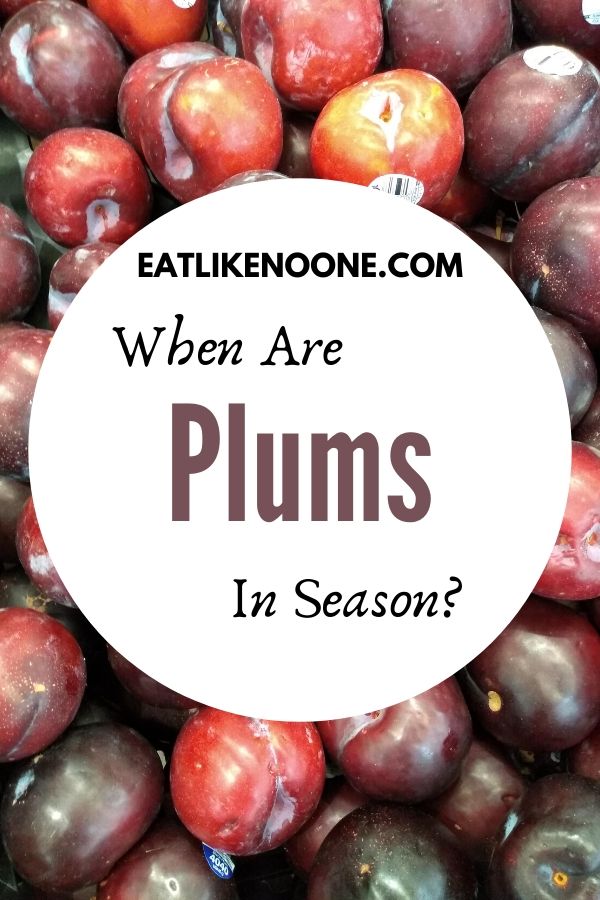
When Does Plum Season Begin (and End)? Eat Like No One Else
The plum season in the United States varies by region. Generally, it spans from late May to early October, with each area having its specific timeline. For instance, in California, plum season starts in May, while in the northern states, it might not begin until July. These variations are influenced by local climate conditions and geographical.
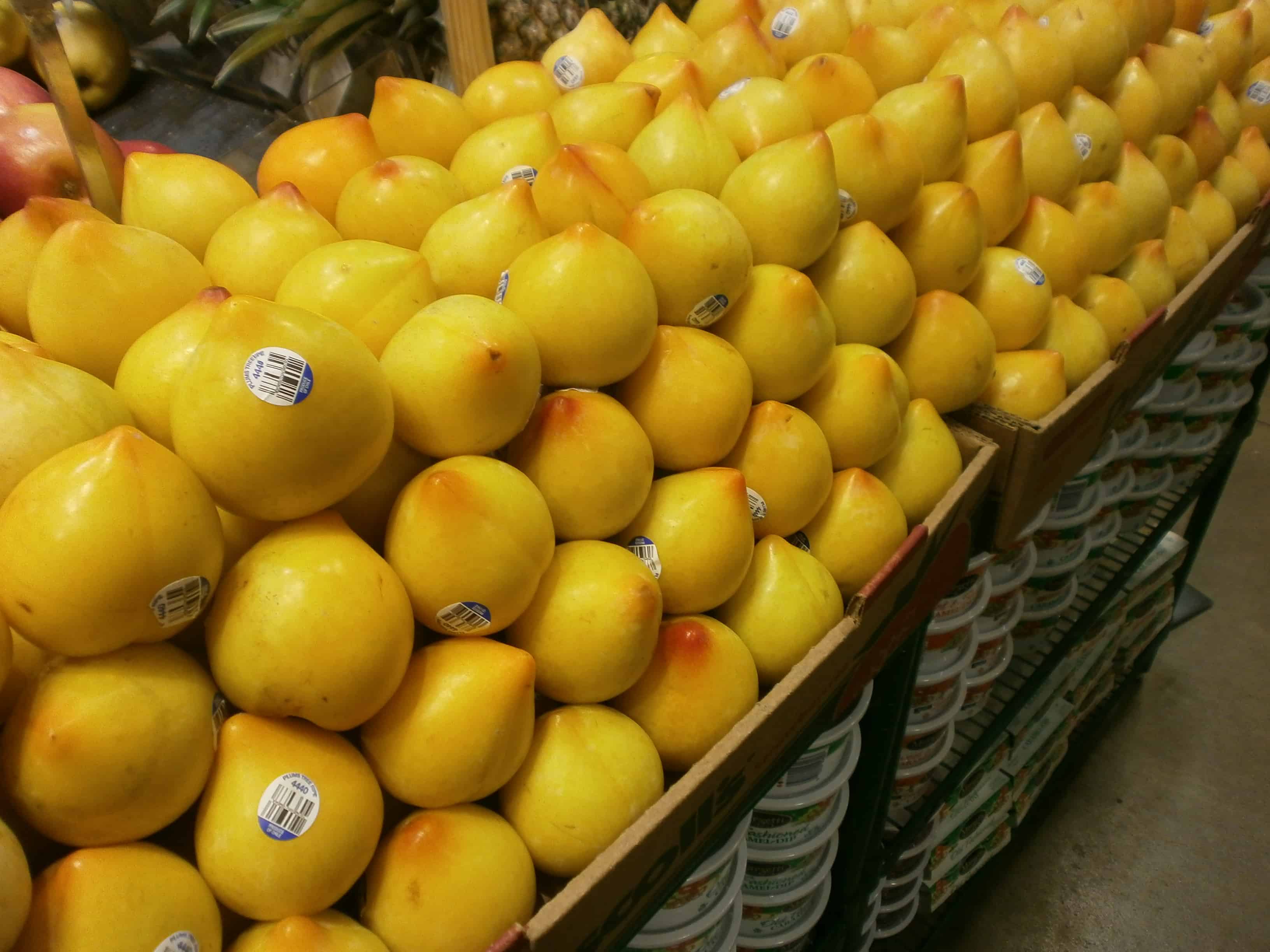
When Does Plum Season Begin (and End)? Eat Like No One Else
European plums, aka prune plums, are mainly grown to be turned into dried plums. Their thick skins, high sugar content, and dense flesh make them ideal for drying, and best for baking and jam-making. A tiny percentage (2-3%) of European plums are grown to be sold fresh. Their skins range in color, but their flesh is mainly yellow, sometimes green.
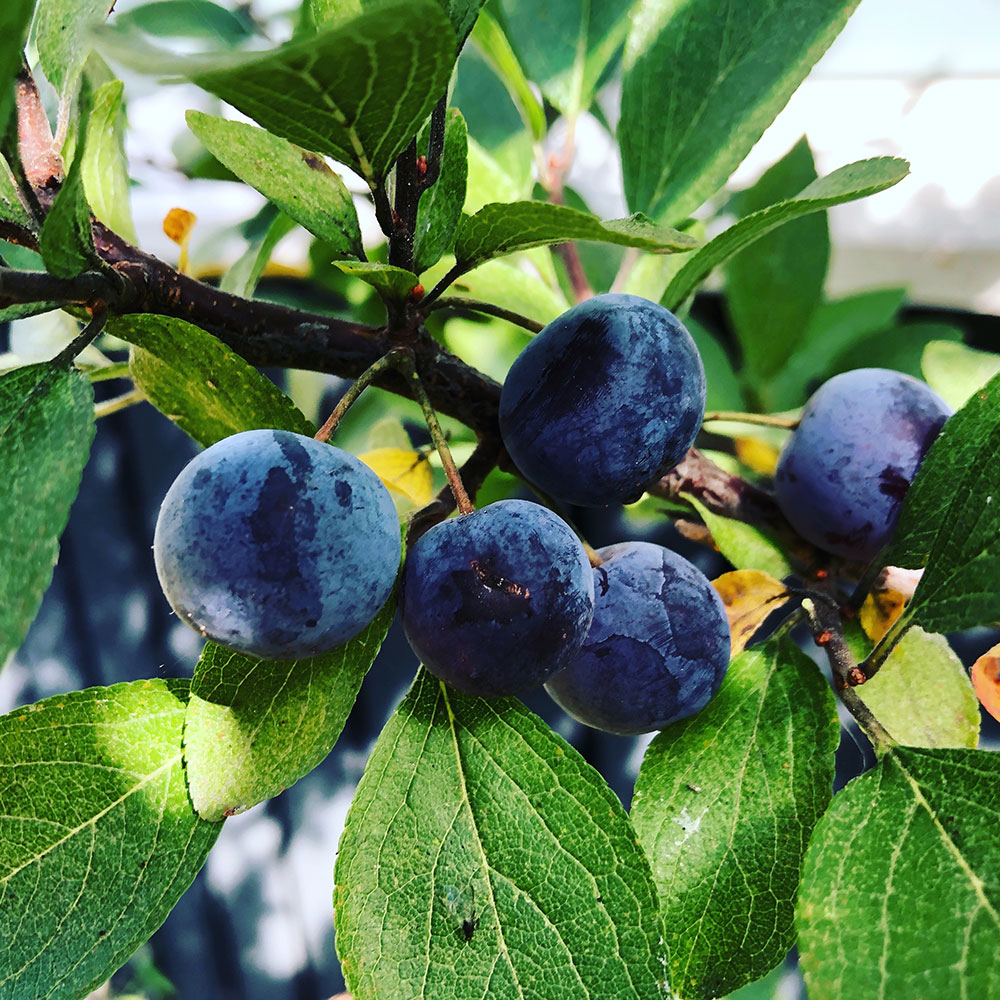
Beach Plum (Prunus maritima) Wild Seed Project
Many SNAP-Ed programs work in Farmers' Markets and promote produce. Nutrition educators do food demonstrations and hand out recipes. SNAP-Ed also partners with others to bring EBT to more markets. This supports local agriculture and makes produce more available in communities. SNAP-Ed nutrition education classes also teach kids and adults how.
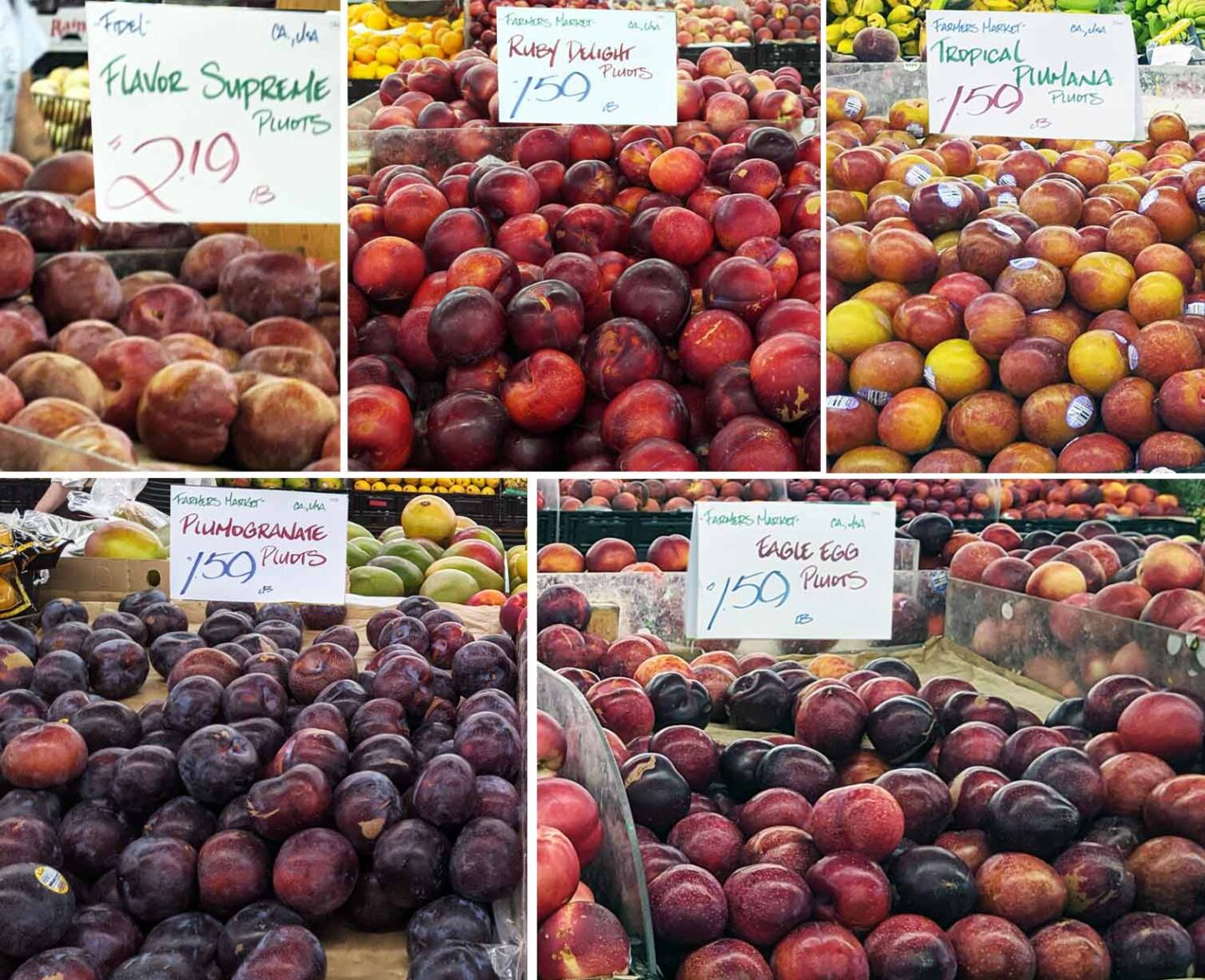
Plums everything you need to know Ask the Food Geek
The best way to find out what fruit is in season where you live is a trip to the farmers' market. There you will find tables laden with whatever is the freshest, best representation of all.
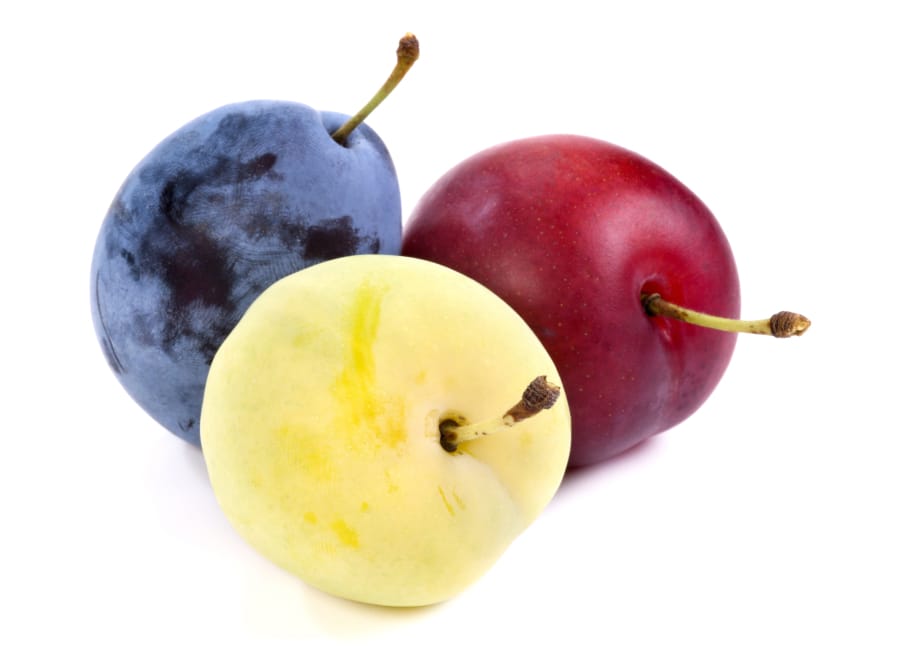
Market Fresh Finds Tasty plums in season, low in calories The Columbian
In the Southwest and Mountain States, plum season arrives in full force during late summer, typically in August and September. States like Arizona, New Mexico, and Colorado enjoy the bounty of plums from local orchards. Varieties like Methley, Shiro, and Ozark Premier take center stage during this time, offering a spectrum of flavors and colors
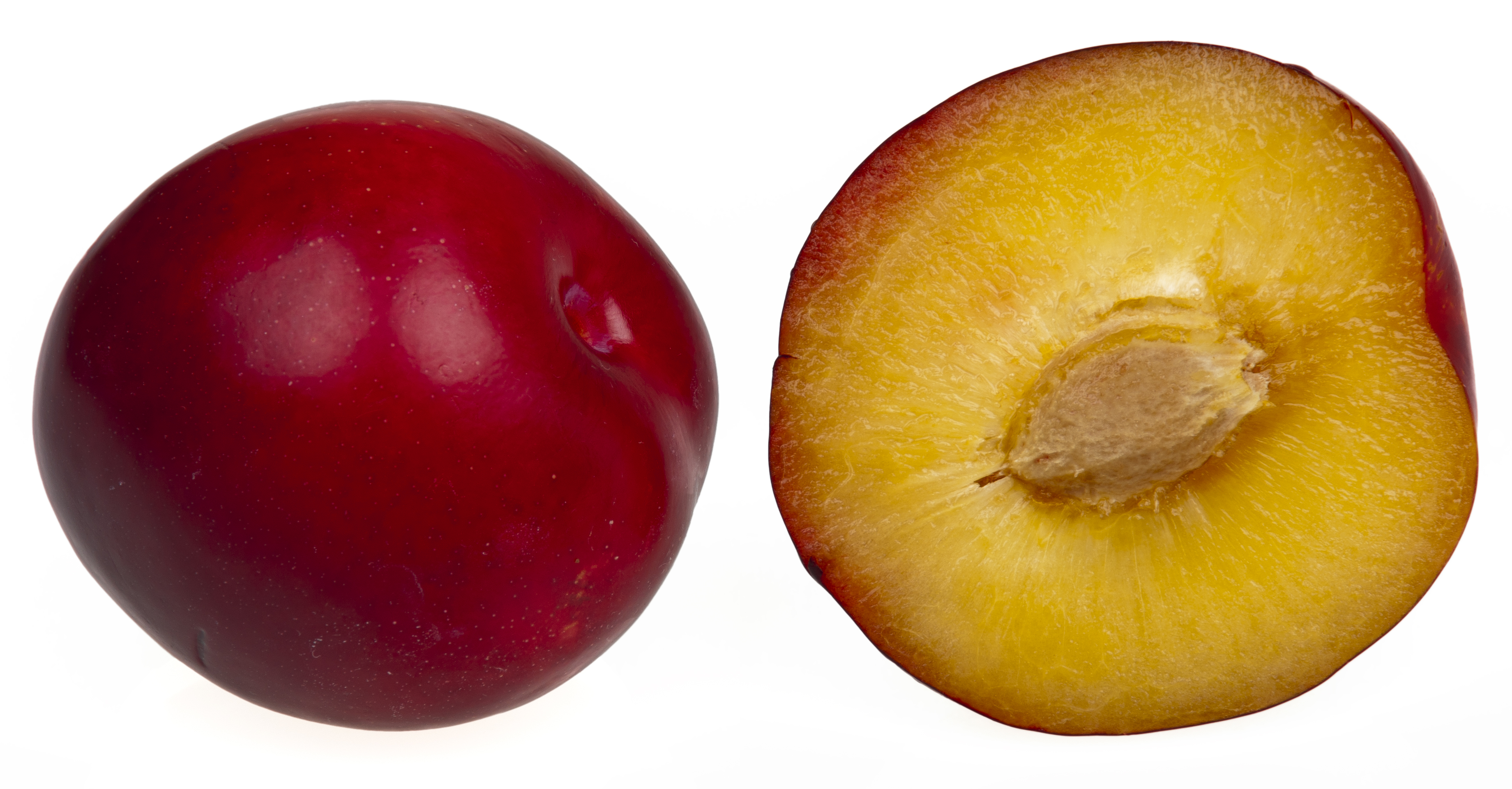
Plum Wikiwand
Winter: December, January, and February. Pomegranates, pears, and passion fruits continue to be in season during the winter. This is the time of year when citrus fruits hit the grocery aisles, providing a bit of sunshine for chilly, dark days.

Dietitian Shares 13 Health Benefits of Eating Plums 5 Minute Read
Plums freeze well and can be used in a variety of recipes. Wash and dry them first, then cut them up and remove the stones. Place them in the freezer on a lined baking sheet for half an hour, then transfer them to a freezer bag. Frozen plums keep in the freezer for at least six months. Use them to make smoothies, jams, sauces, chutneys or jam.

Plum Free Stock Photo Public Domain Pictures
The plum season varies depending on the country and climate in which they are grown, but can encompass a span anywhere from mid-May to early October. There are over 2,000 different varieties of plum trees, with 100 of these commonly grown in the United States and 50 of those in northern California. Plums are also grown commercially in the UK.
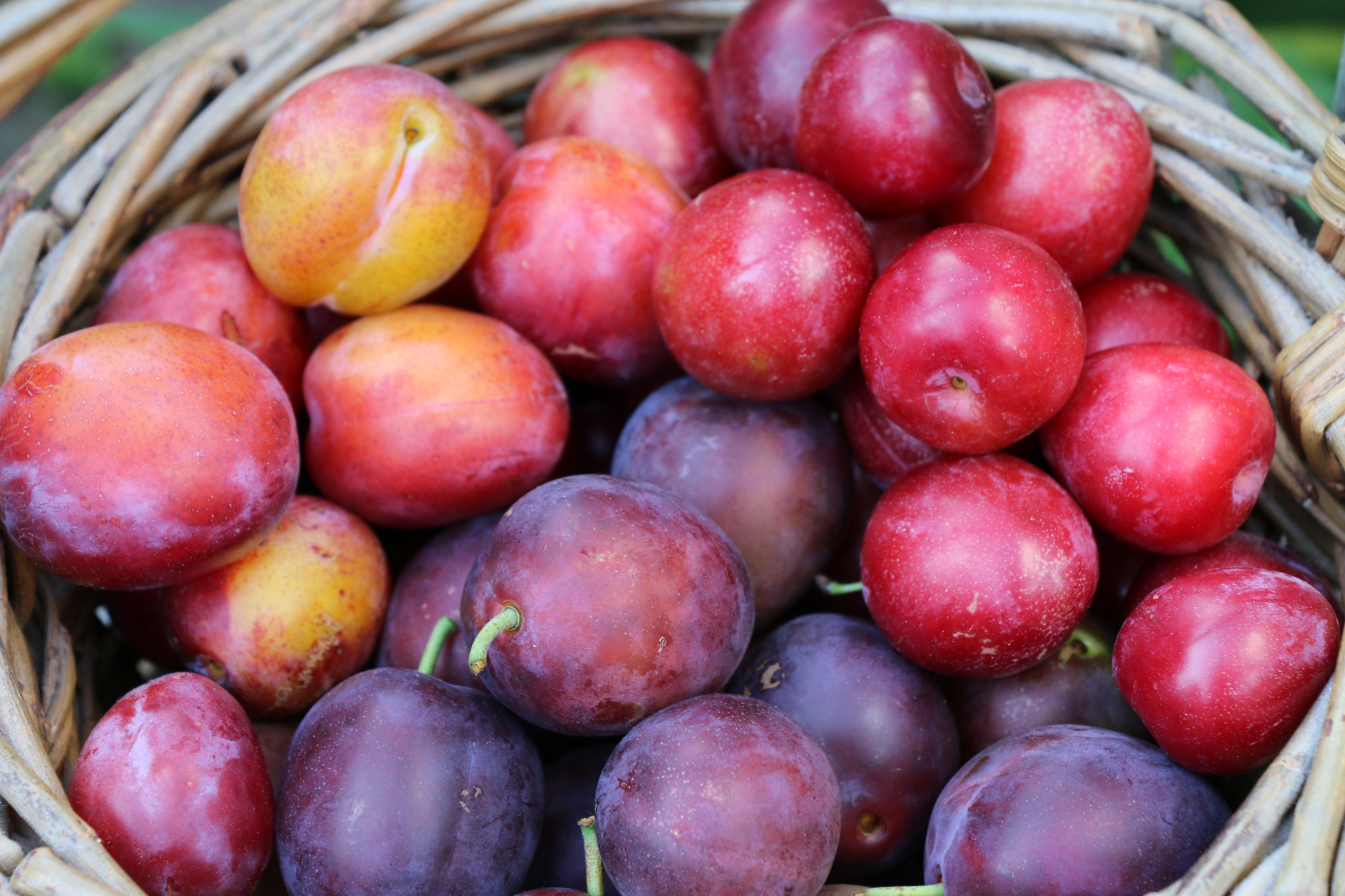
Latesummer recipes Crumbs on the Table
In a large bowl, combine the plums, raisins, currants, sugar, flour, cinnamon, cloves, nutmeg, bread crumbs, butter, egg, and milk. Mix well. Pour mixture into a greased 1-quart casserole dish. Bake at 350 degrees F (175 degrees C) for 30 minutes, or until pudding is firm. Serve warm.
Plums
Plums are in season from May through October. Check your farmers markets in July and August for local plums, picked nice and ripe! If you can't find them at a local farmers market, don't fret. Plums stand up to shipping and handling better than peaches, nectarines, and apricots at similar firmness levels. That gives you a decent chance of.

Lunch & Latte the plum season
'Owen T' plums are usually ready for eating in mid-season. 'John W' Plums. The other type of massive dark-skinned plum is the 'John W' cultivar. This plum cultivar is similar to the 'Owen T' variety in size. The difference between these two cultivars is skin and flesh color. The 'John W' plum variety has deep red-purple.

Sugar Rush In Season Plums
The seasonality of plums can vary widely depending on the geographic location and the specific variety. In the Northern Hemisphere, plum season typically ranges from early summer through early fall. The earliest varieties can start ripening as soon as late May in warmer regions, while the late-season types might not be ready until September.